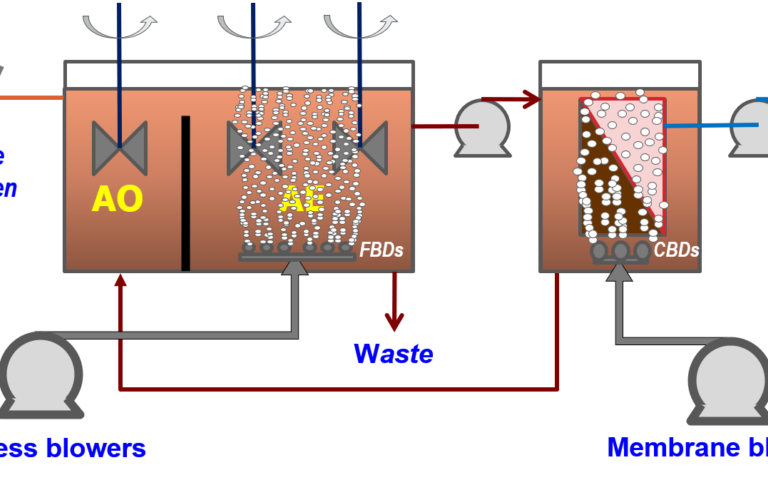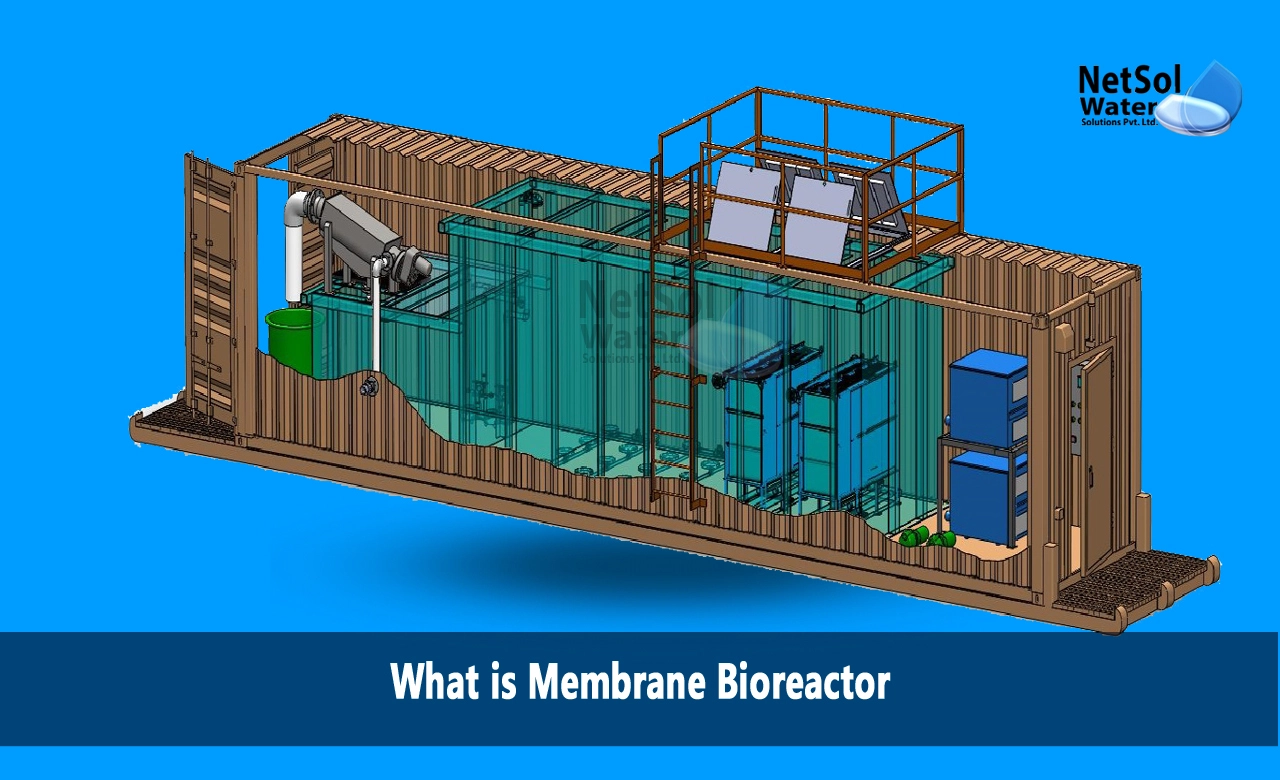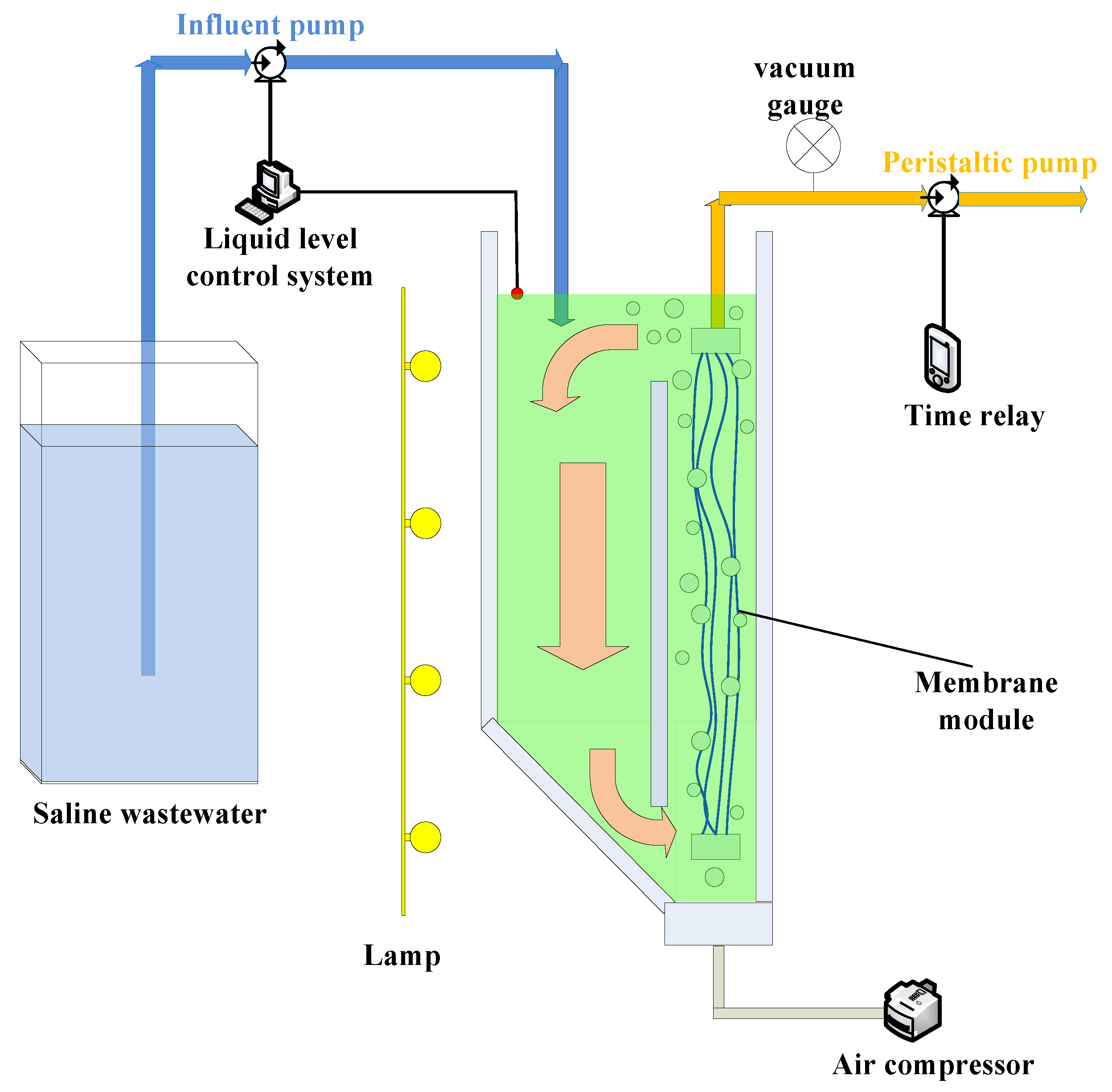Innovations in Membrane Bioreactor Technology for Enhanced Environmental Sustainability
Innovations in Membrane Bioreactor Technology for Enhanced Environmental Sustainability
Blog Article
How Membrane Layer Bioreactors Are Transforming Water Filtration Systems
The emergence of membrane layer bioreactors (MBRs) represents a considerable advancement in the field of water filtration, merging organic treatment procedures with cutting-edge membrane filtering innovations. This combination not just enhances the high quality of dealt with effluent but also addresses city space restrictions, making MBRs specifically suitable for largely booming areas. As international water scarcity heightens, the duty of MBRs in helping with drinkable water reuse and lasting water management ends up being progressively critical. Yet, the ramifications of this modern technology expand beyond effectiveness-- what obstacles and opportunities exist in advance for its widespread implementation?
Review of Membrane Bioreactors
Membrane bioreactors (MBRs) represent a significant advancement in water filtration modern technology, as they integrate biological treatment processes with membrane layer filtering. This combination enhances the performance of wastewater therapy by making use of bacteria to degrade natural toxins while concurrently utilizing semi-permeable membranes to different treated water from put on hold solids and virus.
The MBR system typically contains an organic reactor where the microbial population metabolizes impurities, complied with by a membrane layer filtering unit that preserves biomass and enables only tidy water to go through. This dual capability leads to greater effluent high quality contrasted to traditional treatment approaches. MBRs can be operated in both set and continuous circulation modes, supplying versatility in design and application.
In Addition, MBRs are characterized by their small footprint, making them appropriate for city setups with space restrictions. Membrane Bioreactor. They also allow the recuperation of water for reuse, therefore adding to water sustainability initiatives. While MBR innovation has acquired appeal in local and industrial applications, its operational complexities and power demands demand careful consideration throughout execution. In general, MBRs go to the forefront of enhancing water therapy efficiency and high quality, showcasing the possibility for innovative services in ecological monitoring.
Advantages of MBR Technology
The integration of biological treatment with membrane filtering uses many benefits for water filtration processes. One of the primary benefits of Membrane Bioreactor (MBR) technology is its capability to efficiently get rid of both inorganic and organic contaminants, resulting in high-quality effluent. The membranes serve as a physical barrier, avoiding suspended solids and pathogens from travelling through, which enhances the overall safety and integrity of cured water.
Furthermore, MBR systems need a smaller footprint compared to standard treatment techniques, enabling more reliable room application. This small style is particularly useful in city settings where land is limited. MBRs additionally show operational adaptability, suiting varying influent qualities and flow rates without considerable performance destruction.
Moreover, the process provides enhanced nutrient elimination abilities, especially for nitrogen and phosphorus, which are essential for protecting against eutrophication in obtaining waters. The minimized sludge production linked with MBR technology additionally equates to lower disposal prices, making it an economical solution over time - Membrane Bioreactor. On the whole, the advantages of MBR modern technology position it as a leading selection for sustainable and ingenious water filtration systems, resolving both environmental and financial issues
Applications in Water Filtration
Applications of Membrane Bioreactor (MBR) modern technology in water purification are impactful and varied, dealing with numerous treatment requires across several fields. MBRs efficiently incorporate biological treatment procedures with membrane filtering, making them ideal for local wastewater therapy, commercial effluent administration, and even safe and clean water reuse initiatives.
In municipal settings, MBRs are progressively utilized to improve the top quality of dealt with wastewater, permitting for conformity with strict discharge guidelines and promoting the recycling of water for watering and non-potable usages. Their portable layout additionally makes them suitable for urban atmospheres where area is limited.
Industrially, MBR technology is utilized to treat process water and wastewater, especially in industries such as food and beverage, pharmaceuticals, and textiles. By effectively removing contaminants and suspended solids, MBRs help sectors decrease ecological influences while recuperating important resources from wastewater streams.
Additionally, MBRs are getting grip in decentralized water therapy applications, where small-scale systems can be deployed in remote locations or developing areas. This flexibility allows neighborhoods to achieve lasting water management solutions, boosting access to clean water while reducing dependence on standard treatment methods.
Study and Success Stories

In another instance, a textile production facility in Bangladesh took on MBR innovation to resolve its wastewater difficulties. The system reduced chemical oxygen need (COD) levels from 1,200 mg/L to much less than 100 mg/L, thus satisfying regulatory standards and significantly lessening environmental effect.
The College of Cape Community's MBR setup has confirmed efficient in dealing with greywater for non-potable reuse on university. This task not only preserves drinkable water yet also functions as an educational design for lasting methods.
Furthermore, a seafood processing plant in Norway made use of MBR technology to treat effluents having high levels of natural issue, achieving over 90% contaminant elimination. These case research studies emphasize MBR modern technology's adaptability and its vital role in improving water top quality throughout diverse applications.
Future of Water Treatment Solutions
As worldwide water scarcity and contamination challenges escalate, cutting-edge water treatment remedies are becoming progressively important to ensure sustainable access to clean water. The future of water therapy depends on the integration of advanced technologies that improve the effectiveness and efficiency of purification processes. Membrane layer bioreactors (MBRs) go to the forefront of this evolution, combining organic therapy with membrane layer purification to produce premium effluent appropriate for different applications.

Arising patterns such as source healing from wastewater, including nutrients and energy, will certainly better change treatment facilities right into eco-friendly hubs. Advancements in nanotechnology and anonymous membrane products guarantee improved efficiency and durability of filtering systems.

Final Thought
Their role in safe and clean water reuse and lasting water management highlights their value in dealing with worldwide water deficiency challenges. Continued research study and advancement will certainly better improve the efficiency and fostering of MBR technology, guaranteeing a durable future for water therapy remedies.
The emergence of membrane bioreactors (MBRs) represents a considerable innovation in the area of water filtration, combining organic therapy procedures with cutting-edge membrane filtration technologies. As global water scarcity increases, the duty of MBRs in promoting safe and clean water reuse and lasting water monitoring comes to be significantly critical. They likewise enable the recovery of water for reuse, thus adding to his explanation water sustainability campaigns.As international water shortage and contamination difficulties increase, ingenious water treatment services are becoming increasingly essential to make certain lasting access to clean discover this info here water. Their role in potable water reuse and lasting water administration highlights their value in dealing with global water deficiency obstacles.
Report this page